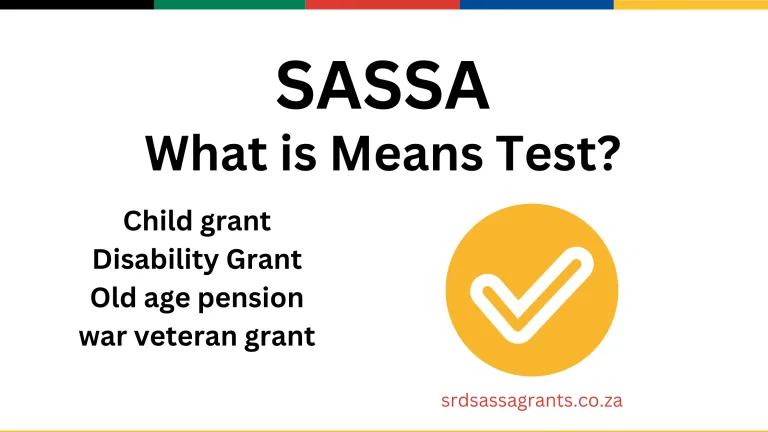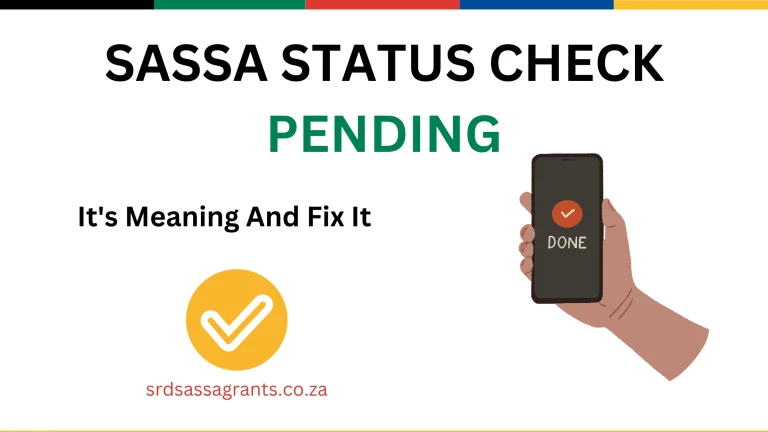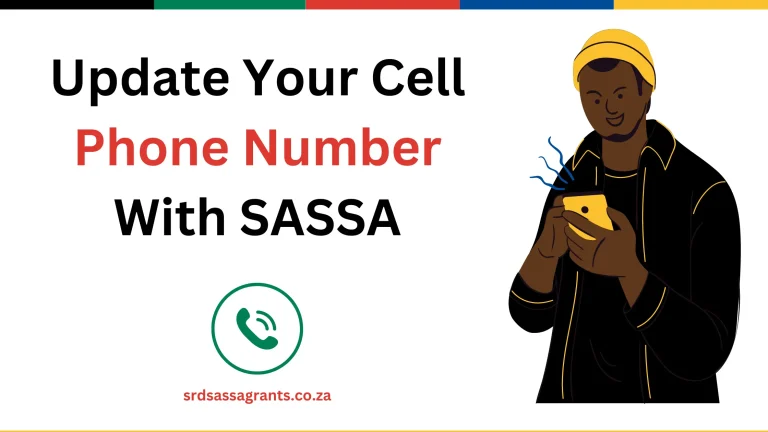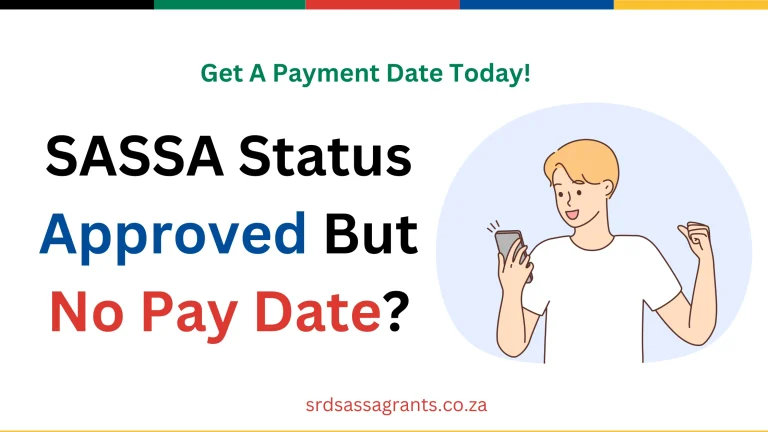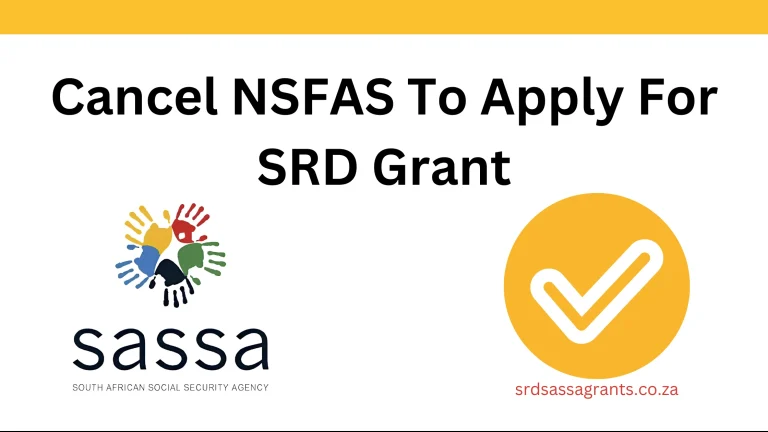SASSA SRD R370 Grant Application Process – Complete Guide
Social Relief of Distress SRD grant introduced in May 2020, the grant was designed to help citizens facing economic hardship, particularly those affected by the COVID-19 pandemic.
In March 2025 budget speech, SRD grant extended for one year from April 2025 to March 2026 with the amount of R370.
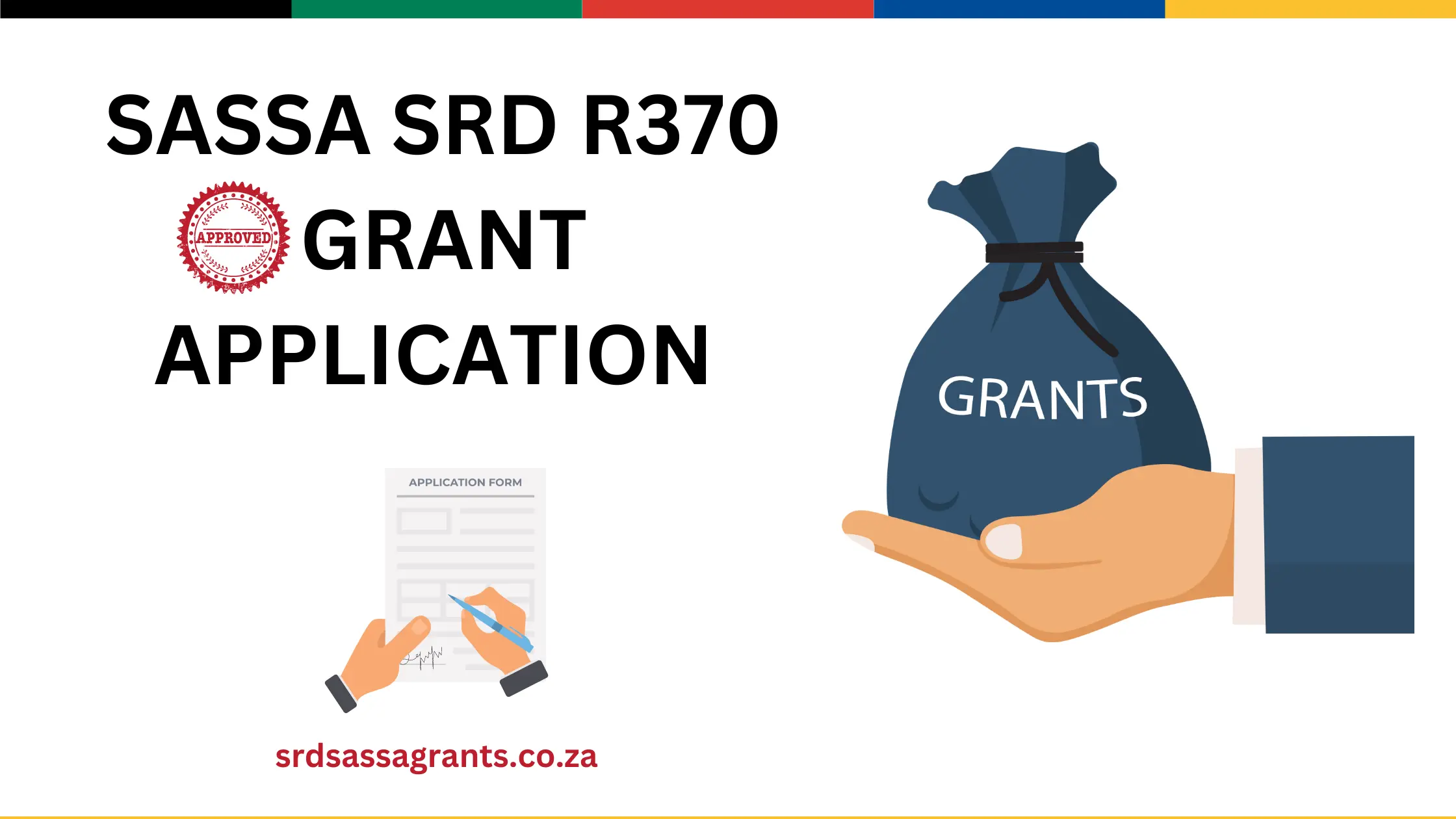
R370 Grant Eligibility Requirements
Basic Criteria:
- You must be South African citizens or hold a permanent residency permit.
- You must be between the ages of 18 and 60.
- Applicants must be unemployed and have no other source of income.
- You are not receiving any other social grants from SASSA or any other government agency.
Additional Requirements:
- You must have a valid South African bank account or e-wallet.
- Your monthly income must not exceed R624.
Specific for Certain Groups:
- Students who are not receiving any other financial assistance can apply for the SRD grant.
- Individuals with disabilities who meet the general eligibility criteria can apply for the SRD grant.
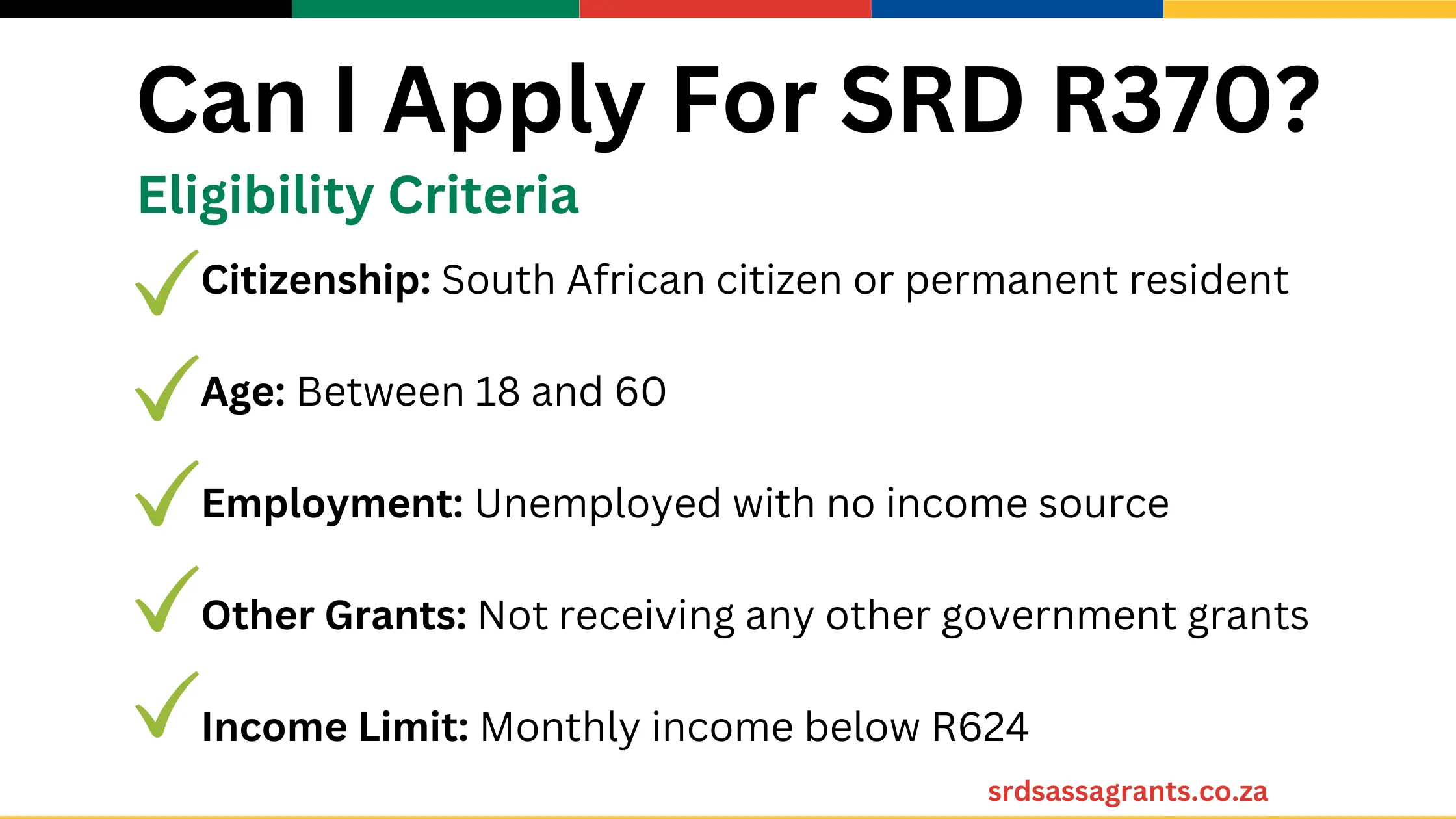
Required Documents to Apply For SRD
- your ID.
- Utility bill for the current address.
- Any supported documents to prove that you are eligible.
Show proof that you:
- have tried to get maintenance.
- have no other support.
- are married, divorced, or single.
- have no income.
- or have a short-term medical disability.
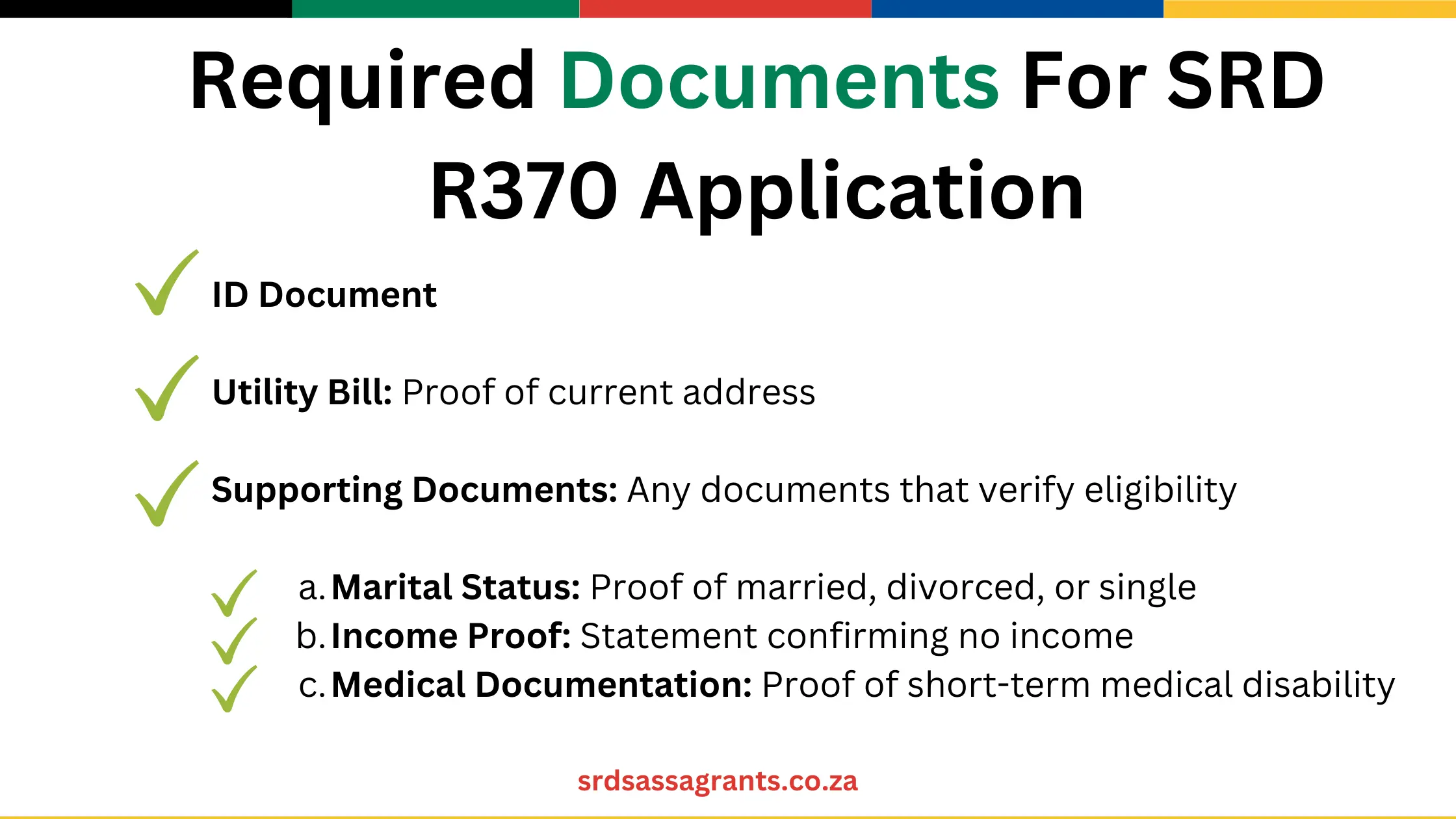
Apply For SRD R370 Grant Online
- For first time application you need to register your account on SASSA services website. Sign up by providing your personal details. You’ll receive an OTP on your mobile to complete registration. After Log in, click on “Apply for a Grant” and select the Social Relief of Distress Grant option.
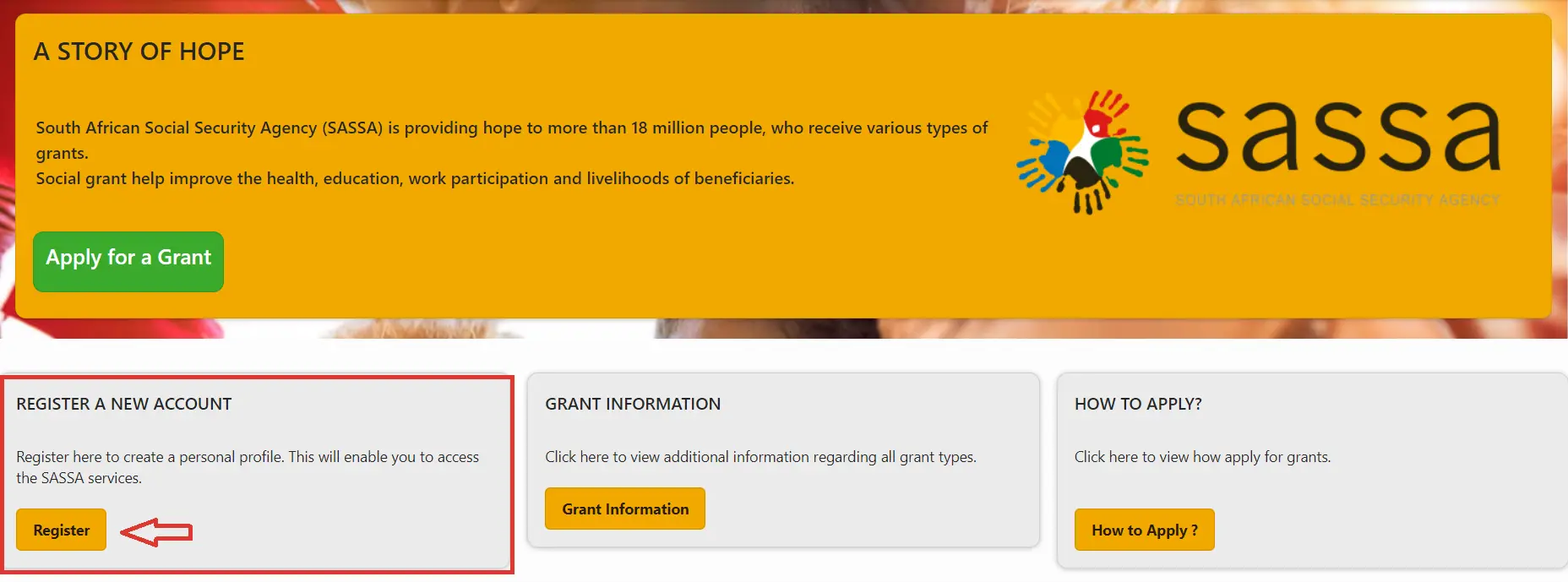
- You can also apply from SRD SASSA website after registration on services web. On top of page, you will see button for online SRD application. Click on it and enter your phone number registered with your account.

- Fill the online application form with your details same as on your ID.
- Complete the SASSA-generated affidavit by entering the required information, then proceed to the next step.
- Upload the required supporting documents. The system will show any missing documents needed to complete your application.
- Click “Submit Documents” to complete your application. You’ll receive a confirmation SMS and email with a reference number for tracking your application.

Select your Preferred Payment Method
- For First-Time Application, you must select one of the two available payment methods;
- Cash Send: Provide a Mobile Number.
Agree to terms and conditions.
Submit Documents. - Bank Account: Provide bank information (bank name, account number, branch name, and account type).
Read and agree to the Terms and Conditions.
Submit the form.
- Cash Send: Provide a Mobile Number.
- For previously applied Applicants: If you have already provided bank details;
Review your current bank details.
Confirm and agree to the terms & conditions.
If you were using the cash method and now want to move to the bank account method:
Provide Particulars of Bank Information.
Submit the form after agreeing to the conditions.
How long it takes for Application Verification?
Your application may take up to 3 months to process. This period allows SASSA to thoroughly check all the information and documents you provided.
How To Check SRD Application Status?
visit https://srdsassagrants.co.za/. Enter your ID and Phone Number in status check tool. You will find the result of your application if it is approved you can see your SRD pay date.
You can also check status from SRD SASSA website
How To Apply For R370 Grant Without ID?
If you do not have an identity document and birth certificate, an affidavit from your local police station, chief, counselor, or religious leader may be enough proof.
- An affidavit executed by a Justice of the Peace must include a statement indicating that providing false or misleading information may lead to prosecution under Section 21 of the Social Assistance Act, 2004.
- A sworn declaration from a credible individual who is acquainted with both the applicant and the child. This individual may be a councilor, traditional leader, social worker, or religious minister.
- Evidence that an application for a birth certificate or identity document has been submitted to the Department of Home Affairs.
- If applicable, a temporary identity document issued by the Department of Home Affairs.
- A baptismal certificate.
- A road to health clinic card.
- A school report.
